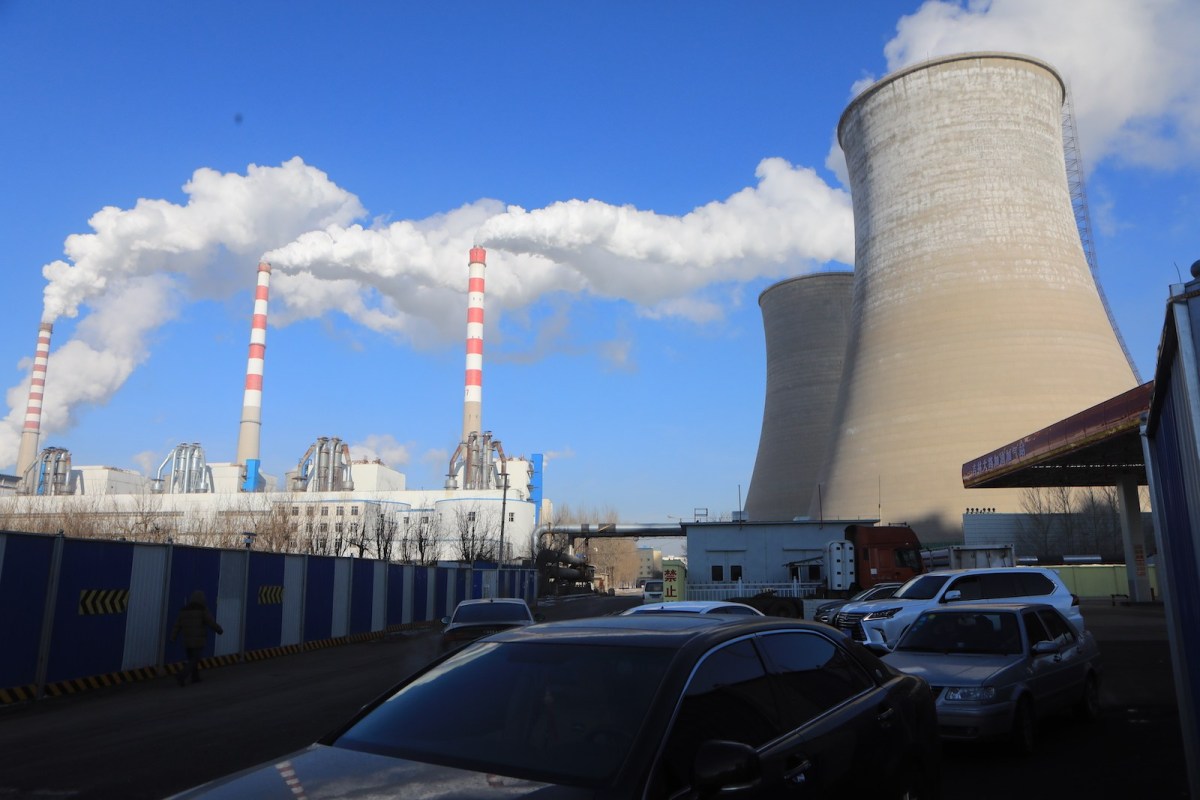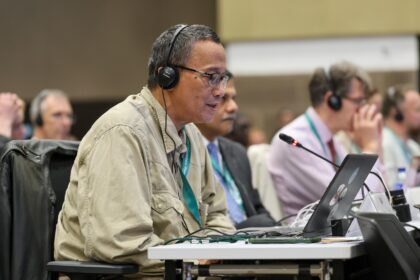[ad_1]
At last year’s UN General Assembly, China agreed to progressively cut out coal and promote alternative cleaner forms of energy to accomplish carbon neutrality by 2060.Â
China’s carbon dioxide emissions, which hit 10 billion tonnes in 2018 and 2019 according to the Global Carbon Budget project, are officially projected to peak in 2030 or earlier, a trajectory President Xi Jingping underscored during his UN address on the issue.Â
But Beijing failed to unveil a detailed action plan to hit those green goals when policymakers and deputies of the National People’s Congress (NPC) endorsed a new five-year plan last week.
China’s social and economic development plans are full of economic recovery and livelihood targets but less detailed on how planners intend to reduce carbon emissions, with only a few lines recapping Xi’s pledges made at the UN.
This has fueled suspicion among observers that the lack of a tangible decarbonization roadmap may signal China plans more carbon-fired growth and that its stated goal of an 18% reduction in CO2 per yuan of GDP by 2025 is likely a smokescreen.Â
In apparent response, Xinhua noted earlier this week that Premier Li Keqiang had elevated carbon reduction as “an imperative across the central government†and would work out a roadmap for “forcible enforcement†by the end of the second quarter.Â
The Economic Observer newspaper, quoting sources in Zhongnanhai, noted that using less-polluting coal, promoting power-saving and conservation, carbon emission rights and quota trading as well as a higher nuclear power share in the nation’s energy mix would all be key planks of the plan for carbon neutrality.
The Ministry of Ecology and Environment, meanwhile, says it is not sitting on its hands and that an end-June launch date has been set for a nationwide carbon-trading platform for provinces, sectors and businesses to transfer emission quotas as well as green energy technologies. Â
With industrial chimneys again puffing smoke as China’s economy stirs back to life, Beijing has to carefully balance efforts to attach more green strings to economic planning while maintaining fast GDP growth.Â
Zhang Lei, CEO of the Shanghai-based Envision Group that engages in renewable energy solution trading and who is also a deputy of the NPC, said he had moved during this year’s parliamentary session to expedite the roll-out of a hierarchy of carbon consumption and emission standards to keep tabs on manufacturers, sectors and provinces.
These metrics, however, were still lacking in Beijing’s 2030 and 2060 pledges. At the same time, local cadres on orders to fire up production are launching more coal-burning power plants to help boost manufacturing growth.Â
Zhang reportedly faced counterproposals from his peers from coal-rich Shanxi and Inner Mongolia provinces during NPC breakout discussions last week. They reportedly argued for the importance of coal, natural gas and other traditional carbon fuel sources for underwriting the nation’s energy security.Â
“Coal is not necessarily heavy-polluting and when there is a crisis, a war or a natural disaster, coal is the source of energy we can still fall back upon,†reportedly argued an official in charge of Shanxi.
The Chinese State Council is believed to be mulling giving priority to promoting more clean coal use in the soon-to-be-published decarbonization action plan, according to Shanxi party chief Lou Yangsheng.Â
Meanwhile, other NPC deputies representing central and eastern provinces filed a joint motion to launch citywide central heating systems to help residents in key cities stave off cold spells in the usually harsh winter.
The State Council noted in its reply that it would consider the proposal favorably. China’s existing central heating systems, as seen in Beijing and northeastern China, are fuelled by coal and natural gas.Â
Read more:
[ad_2]
Source link













